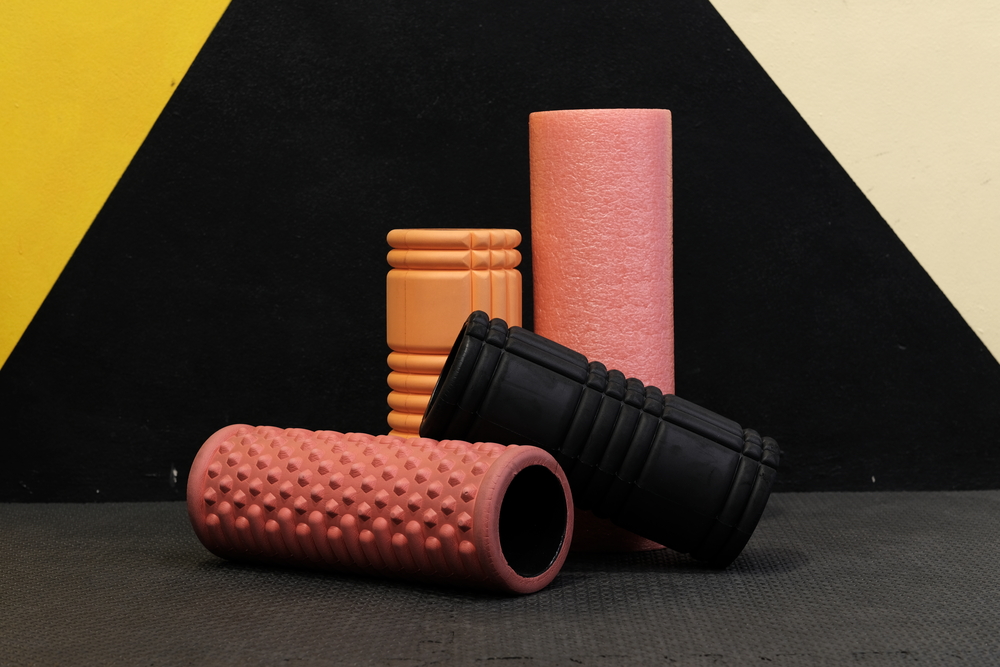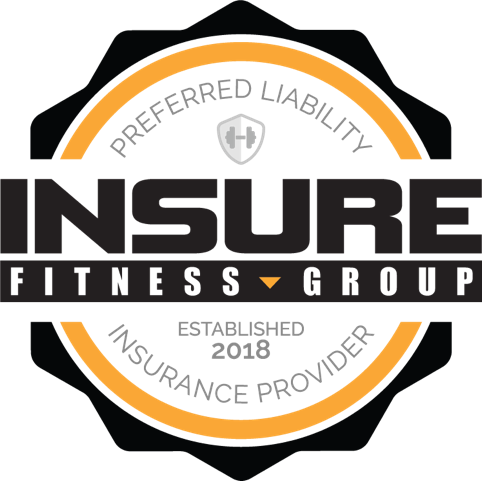If you have been feeling stressed lately, then your body is most likely going through the same amount of pressure. Tensing our muscles is one of the ways our bodies cope with negative feelings. That’s why if you’re feeling nervous, you’ll often find yourself propped in uncomfortable positions. Sometimes frozen in the same spot as you try to resolve your cause of stress. If your body is frequently subjected to stress, then it’s likely that you will begin to develop muscle tension.
Muscle tension can be resolved in many ways. You can walk around to increase mobility, meditate, or even buy specific equipment such as ergonomic chairs to help relieve the tension. One of the methods that we suggest is Foam Rolling. Foam Rolling is a method of Self-myofascial release (SMR), which promotes pain relief by targeting ‘knots’ in your muscles. This exercise is both healing and relaxing, which is why we consider this as a highly recommended method to resolve muscle tension.
If this is your first time hearing about foam rolling, then we are happy to help you learn more. Here are a few pointers to consider when it comes to the exercise.
Take Things Slow
Rushing the process is the last thing you want to do when you’re foam rolling. Make sure that you are moving carefully and slowly, paying close attention to where the knots are located. Moving at a slow pace allows the body to process the sensation, ultimately providing better results in the aftermath. Rushing also increases the chance of moving the wrong way or making a mistake, which could cause more harm than good.
Warm-up and Recovery
If you’re living an active lifestyle, then consider adding foam rolling to your routine. It’s a great way to warm your body up pre-workout and cool down post-workout. It’s alright to make some small adjustments to match what your body needs. However, the recommended method would be to set aside 15 seconds at most for each tension-filled area before you begin exercising, followed by a full minute on the same areas once you are done with your main workout. You mustn’t exceed the recommended time too much. Otherwise, your nervous system may suffer, causing demotivation and lack of force throughout the main workout.
Foam Rolling Shouldn’t Hurt
When it comes to working out, some people may say that “If it’s hurting, then it’s working.” This isn’t the case for foam rolling. After all, it is an exercise that is meant to relieve the body from tension and pain, rather than contribute to it. If you are feeling pain while foam rolling, try to adjust your position until you are comfortable. Shift your body weight somewhere else and explore certain angles until you find something that works.
Avoid These Areas
- Bones – Foam Rolling targets knots in soft tissue. Rolling over your bones might cause you pain, so avoid your knees, shoulder blades, and other bony areas.
- Lower Back – Although some say this helps them relieve back pain, it can cause strains to form. Focus on rolling the upper and mid-back instead.
With proper technique and careful execution, Foam Rolling can become a solid and relaxing way to release tension from the muscles. We offer several opportunities for individuals who want to turn their active lifestyle into a part of their career. If you are interested in how to become a personal trainer in Mississippi or looking for a personal training certification in CT or across the U.S? Contact us for more information today!



